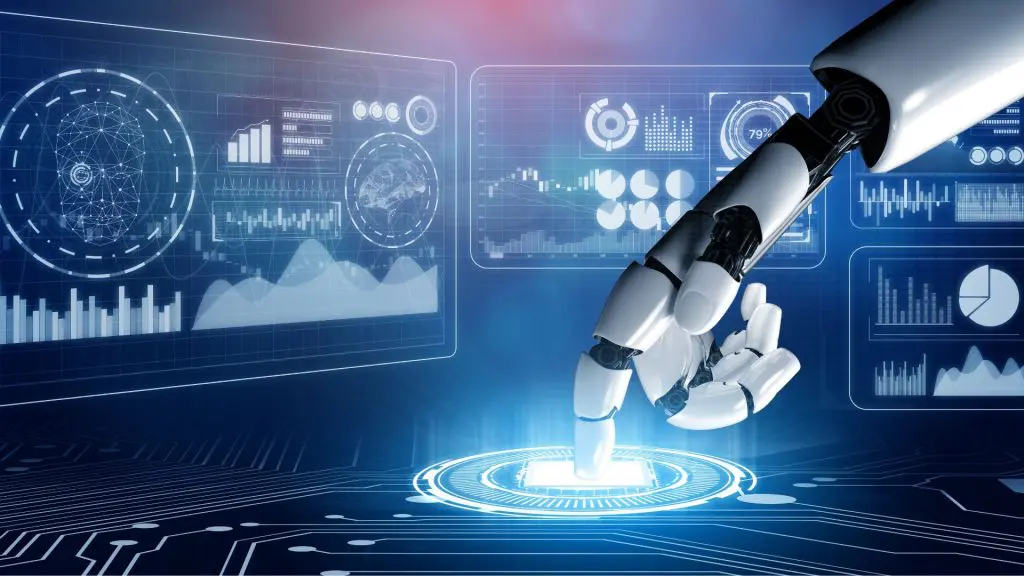Ushering in a New Era of Business Robotics
In the technological landscape of 2025, multifunctional robots are redefining the concept of automation in the business world. No longer limited to a single repetitive task, these advanced and versatile machines can adapt to multiple roles and contexts, significantly increasing operational efficiency and process flexibility.
What Is a Multifunctional Robot?
Unlike traditional robots designed to perform one specific task, multifunctional robots are equipped with artificial intelligence, advanced sensors, and machine learning capabilities, allowing them to understand, adapt, and operate in various environments without the need for constant reprogramming.
These robots can, for instance, shift from handling warehouse logistics to performing quality control in production lines, or even assist customers in retail environments.
Key Features of Multifunctional Robotics
- Modularity and Reconfigurability
Multifunctional robots are often built with modular components that can be easily swapped or adapted for different functions depending on the operational need. - Autonomous Learning and AI
Integrated AI capabilities allow these robots to learn from past experiences and data, continually improving their performance and accuracy. - Interoperability
These systems are designed to integrate smoothly with existing company infrastructure such as ERP systems, warehouse management software, and energy monitoring tools. - Safety and Collaboration
Modern multifunctional robots come with advanced safety features, enabling them to work side-by-side with humans, encouraging collaborative workflows.
Practical Applications in Business Environments
In 2025, multifunctional robots are widely used across various sectors:
- Logistics and Warehousing: loading/unloading, automated picking, smart inventory tracking
- Manufacturing: assembly, quality control, predictive maintenance
- Retail and Services: customer assistance, shelf management, in-store interaction
- Healthcare and Pharma: material distribution, staff support, automated sanitation
- Facility Management: cleaning, environmental monitoring, perimeter security
Business Benefits
Adopting multifunctional robots provides numerous strategic advantages:
- Increased productivity, thanks to the ability to perform multiple tasks with a single machine
- Cost reduction, by replacing several single-purpose devices with one integrated solution
- Flexibility in production processes, especially in dynamic environments
- Lower reliance on human labor for repetitive or hazardous tasks
- Resource optimization and improved operational continuity
Challenges and Future Considerations
Despite their promise, implementing multifunctional robotics comes with technical, organizational, and ethical challenges:
- Upgrading existing infrastructure
- Providing proper training for staff
- Seamlessly integrating with legacy systems
- Defining new company policies regarding responsibility and safety
- Addressing privacy concerns and proper data usage
Conclusion
The era of multifunctional robots has begun. Companies aiming to enhance agility, competitiveness, and operational efficiency should consider these technologies as a core part of their innovation strategy.
In 2025, the goal is no longer just automation—it’s about evolving the organization through intelligent, versatile, and integrated solutions. Multifunctional robots are a powerful and practical response to that challenge.







